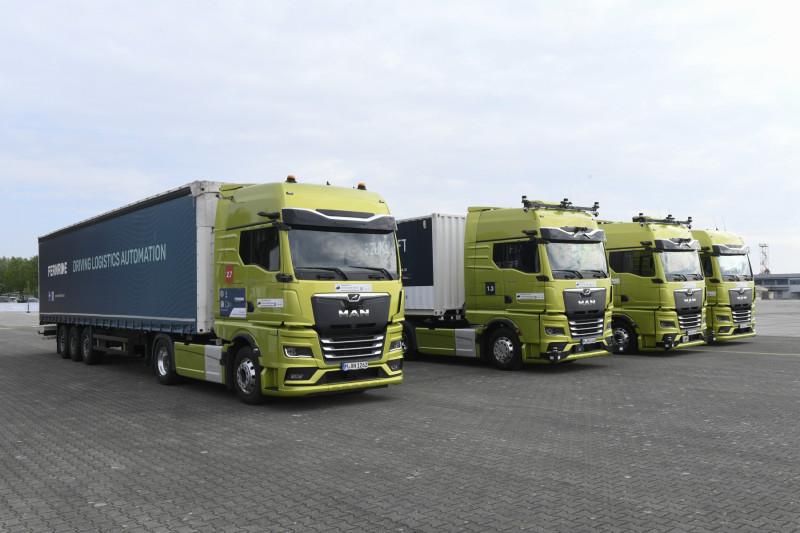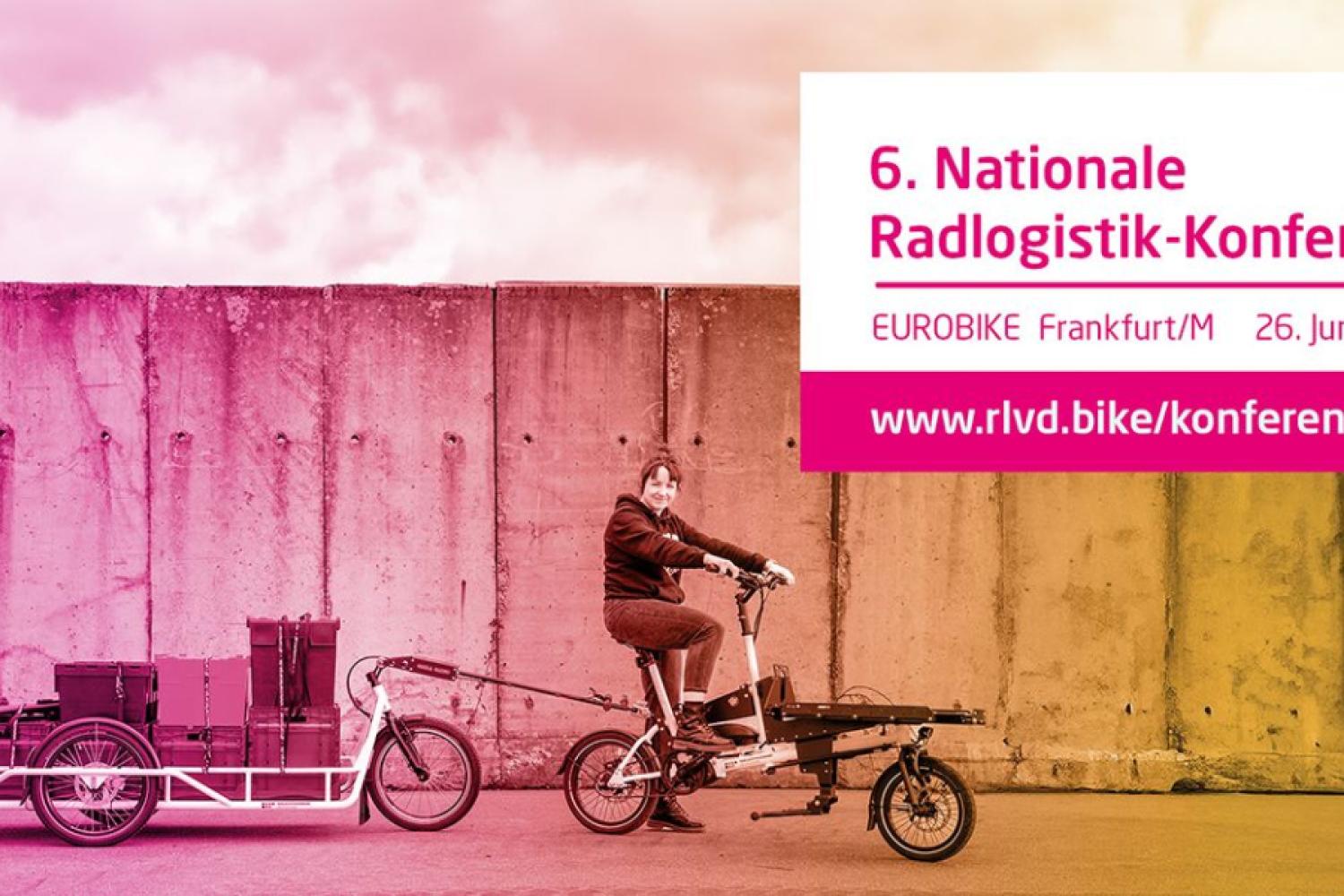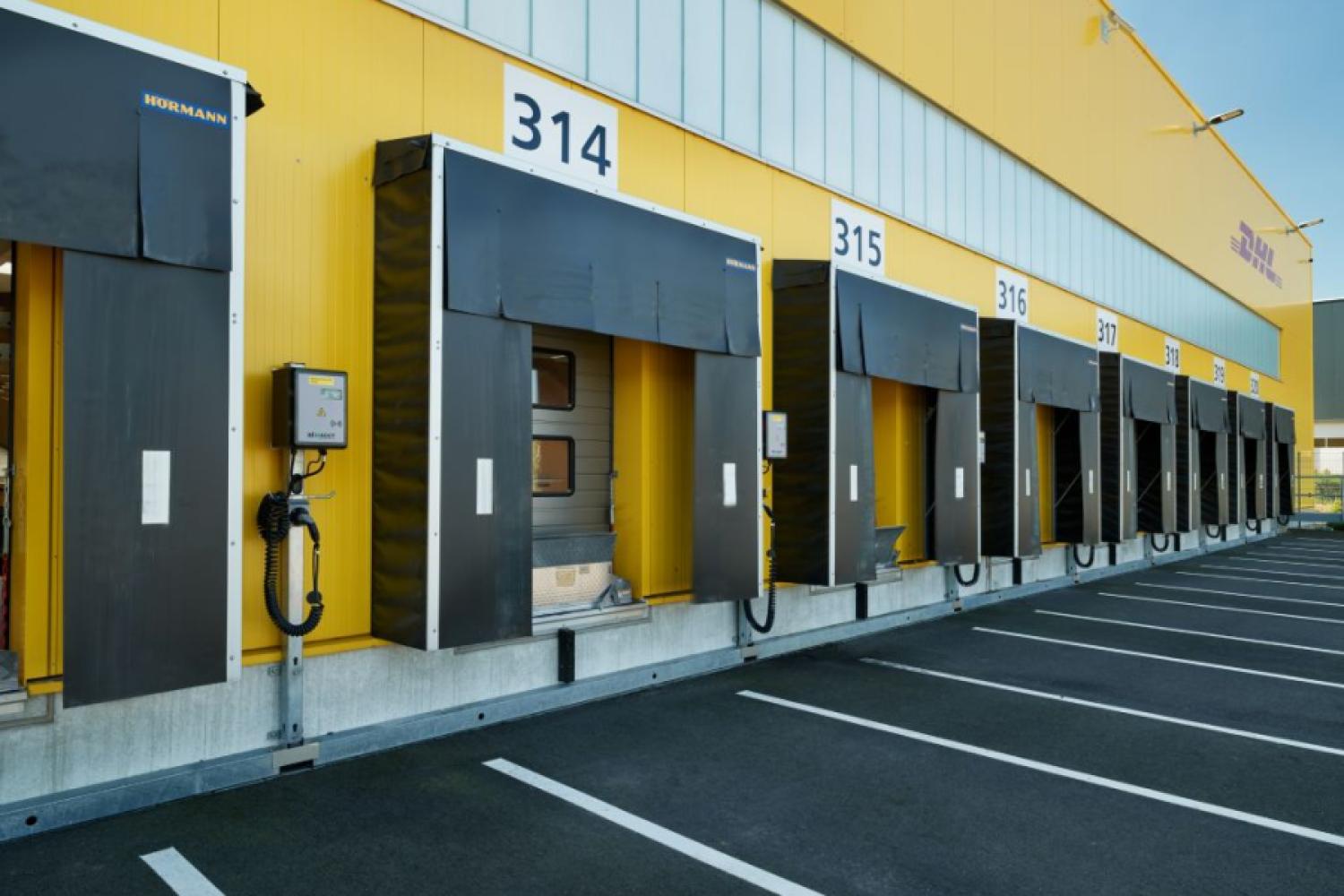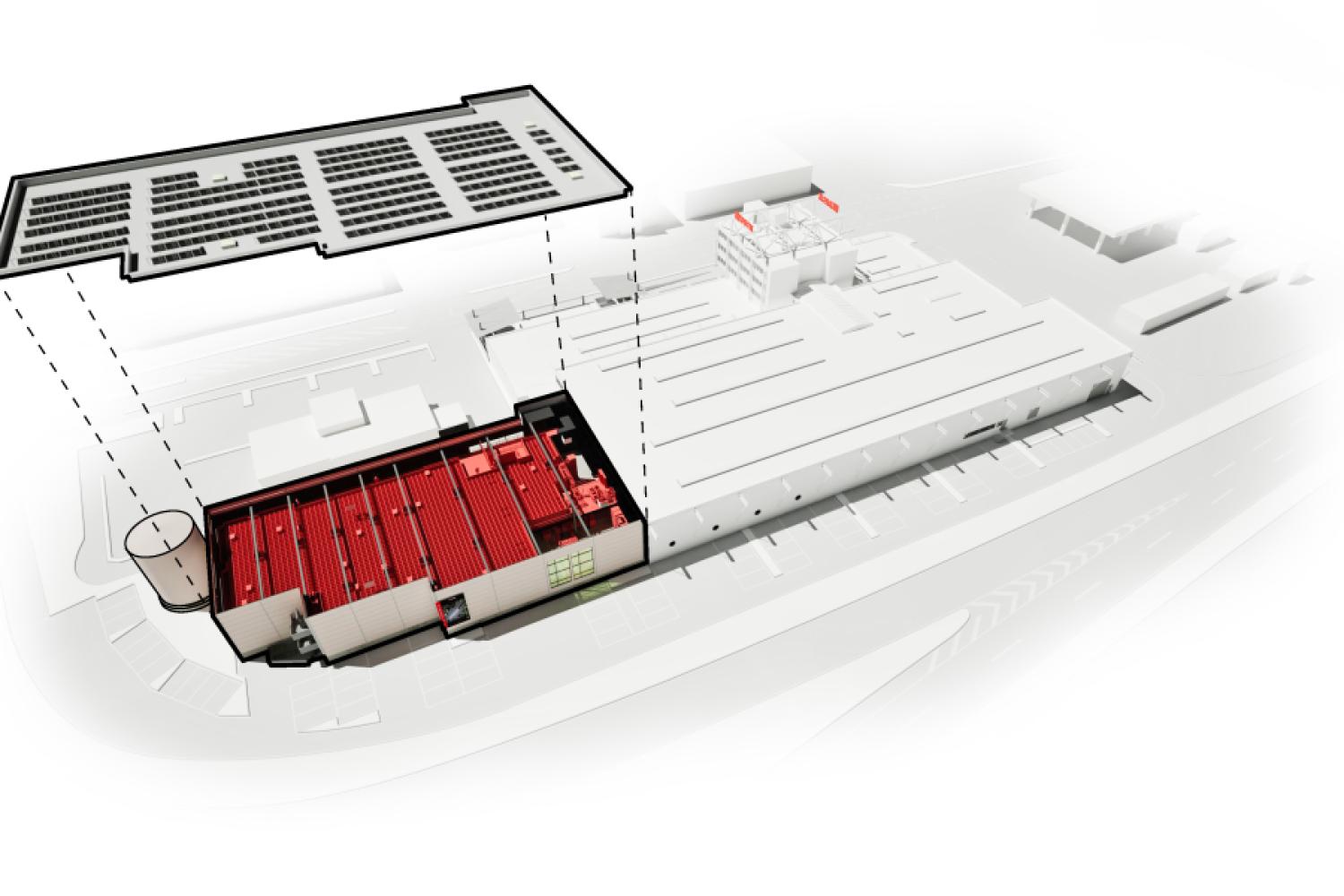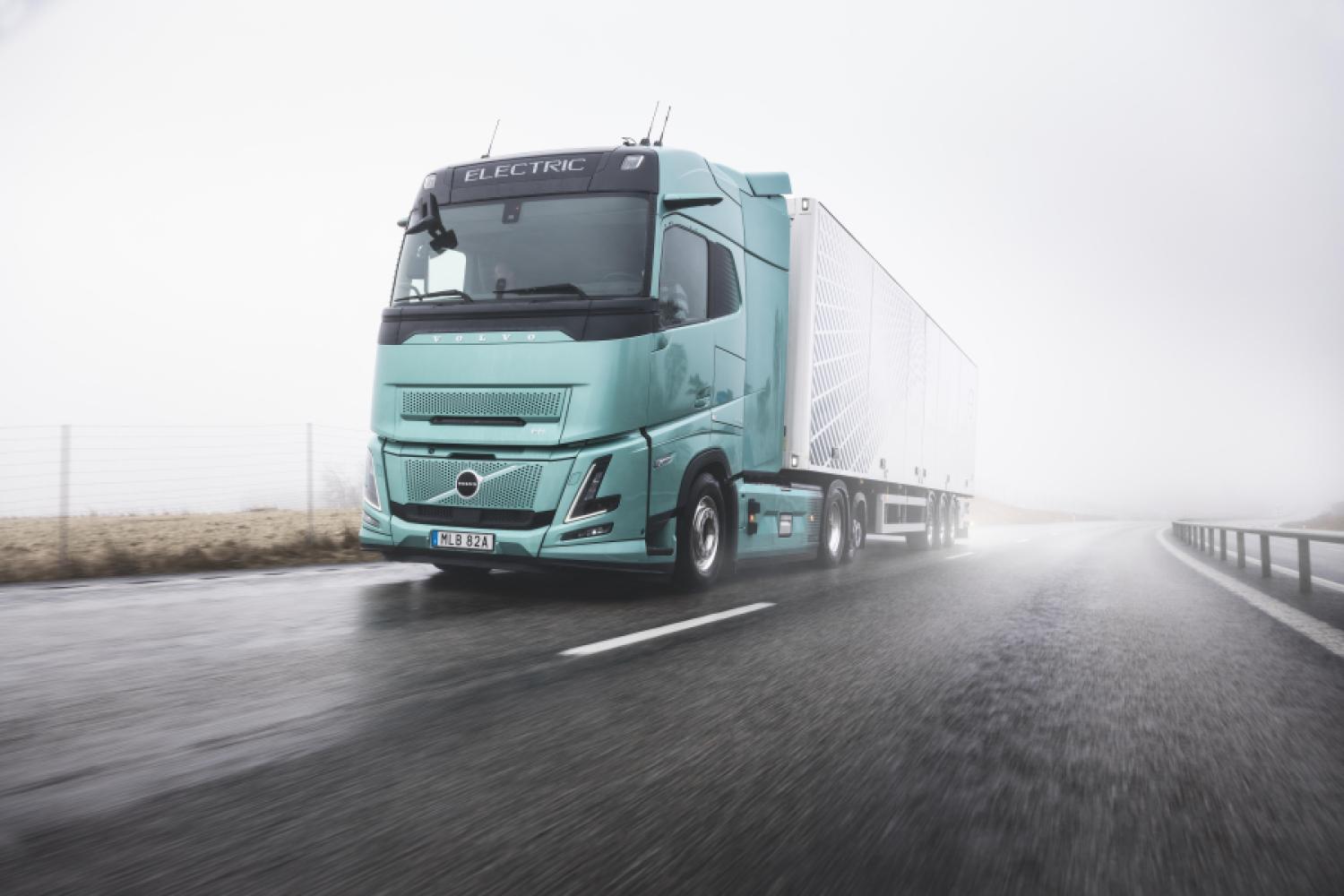Politics and industry anticipate greater safety and efficiency from autonomous heavy transporters on highways and expressways. With the order to implement a driverless freight transport system, the Atlas-L4 research project (Automated Transport between Logistics Centers on Expressways at Level 4) began around three and a half years ago at the start of 2022. Accompanied by scientific research, renowned companies from the mobility and technology sector have been investigating the practical feasibility of fully-automated transport vehicles.
The initiative was launched with financial backing of 59.1 million euros from a special EU fund and the German Federal Ministry for Economic Affairs and Climate Action (BMWK). The goal: “to bring a Level-4 automated and thus autonomously driving truck for hub-to-hub transport onto expressways.” With the conclusion of the three-and-a-half-year test phase, the total of twelve project partners recently presented their findings at the ADAC test center in Penzing, Upper Bavaria. According to official statements, the results are extremely positive, but further research is needed before practical deployment can occur.
Experts Team
For this ambitious endeavor, experts from the fields of industry, science, software development, and infrastructure joined forces — a total of around 150 engineers according to reports. The industry sector was represented by truck manufacturer MAN Truck & Bus, specialist in commercial vehicle braking systems Knorr Bremse, located in Munich as well, Nuremberg-based board network systems expert Leoni, Stuttgart technology giant Bosch, the Munich start-up Fernride specializing in autonomous transport logistics, and automated testing solutions specialist BTC Embedded Systems from Oldenburg.
The scientific component was handled by Fraunhofer AISEC (Applied and Integrated Security), TUM (Technical University of Munich), TU Braunschweig, and the Würzburg Institute of Transport Sciences (WIVW GmbH). The team was completed by TÜV SÜD, an automotive
safety expert, and the federal Autobahn GmbH.
Long Preparation
In its own statement regarding the event, MAN Truck & Bus reiterated some key figures of the project: the Munich-based truck manufacturer, as the leading participant, sent the first autonomous truck onto a German highway almost exactly a year ago in April 2024, after the Federal Motor Transport Authority gave the green light. On board was then-Minister of Transport Volker Wissing. The legal prerequisites for the approval were established by a law passed in 2021, said to be unique worldwide, which approved “autonomous driving on clearly defined routes under technical supervision.” A possibility that could only be exploited a few years later and, according to the Atlas-L4 projectors, “puts Germany in a pioneering role globally.”
“Autonomously Driving Trucks Are Achievable!”
The results of the nearly three-and-a-half-year project were presented on May 7 and 8, 2025, at the Penzing ADAC test center - with driving demonstrations also on the highway. Additionally, an exhibit was organized on approximately 1,000 square meters and scientific lectures were held. About 200 guests and representatives of the BMWK were present.
As one of the key participants, Dr. Frederik Zohm, Executive Board member for Research and Development at MAN Truck & Bus, concluded that they had indeed realized the ambitious goal of industrializing a basic concept for autonomous driving to supply central freight handling centers in hub-to-hub operations. This required the development and integration of “redundant components necessary for safe operation,” such as steering, braking, and board network. Particular “interdisciplinary competence” and close teamwork among participants was also necessary for creating a validation concept. According to Zohm, the results were satisfactory:
“As a consortium, we proved with the project: Autonomously driving trucks are achievable!
Innovations like autonomous driving require such collaborations to effectively advance future technology in Germany and Europe.”
Project Outcomes
The program officially began on January 1, 2022. The first Level-4 testing approval by the Federal Motor Transport Authority took place in April 2024, and in the same month, there was the “premiere in public road traffic” with the first highway drive of an autonomous truck in Germany, accompanied by the Federal Minister of Transport. The report states:
“During this and all subsequent test drives, there was always a safety driver on board. The vehicle's automation software was continuously optimized over a long period through regular releases and tested directly in practice.”
According to the information provided, all project objectives were achieved: safety-relevant components for the Level-4 architecture, such as a redundant brake system, on-board network, and steering, were “built.” A validation concept was created, and the Control Center for the necessary technical supervision was initiated. Risk analyses and safety considerations, including cybersecurity, were conducted, for example, through “authentic and encrypted communication” or the definition of functional safety measures such as redundancies and degradation concepts for the autonomous driving system. The result was “a prototype technology as a blueprint for further projects and series developments” - thus an intermediate step toward mass deployment.
Further Research Needed
The gathered experiences are now intended to serve as a basic concept for future industrial developments. However, it is noted that several detailed questions need to be addressed before achieving mass production of an autonomous truck. According to project coordinator Sebastian Völl from MAN Truck & Bus, while the project has provided practical proof of the technical feasibility of autonomous trucks, the work is not yet finished: Further development work is now
required for the series production of autonomous trucks, into which the solutions developed so far will flow. The report does not provide further details.
Compensating for Driver Shortages
According to statements, “Logistics 4.0” offers many advantages. Driverless trucks in hub-to-hub automation in shuttle traffic between logistics centers could help increase efficiency and avoid traffic jams and accidents. One of the main reasons for switching to automated trucks is also the driver shortage that has been affecting the industry for years: “Today, about 100,000 drivers are already missing in Germany,” according to the press report.
The Atlas-L4 campaign was financed not only by the BMWK but also by what is claimed to be the “largest recovery package” of the European Union, named NextGenerationEU, which aims to implement various plans such as the green and digital transformation, as well as supporting various social and sustainable measures. The Atlas-L4 project is also covered on its own website.
Plans for implementing autonomous heavy transport have been actively pursued for several years. With substantial funding from the EU and politics, several major players in the transport sector are involved. MAN has several irons in the fire here and is engaged not only in the Atlas-L4 project but is also collaborating with other partners to realize autonomous transport. The Munich-based truck manufacturer reported, for example, a year ago on progress in this direction. Around the same time, the commercial vehicle specialist won the Truck Innovation Award 2024 in the field of autonomous trucks due to its efforts in the Anita and Atlas-L4 projects.
Other commercial vehicle specialists are also dedicating themselves to autonomous initiatives in the heavy-duty sector. For example, axle manufacturer BPW participated in a project on autonomous tractor-trailers a few
